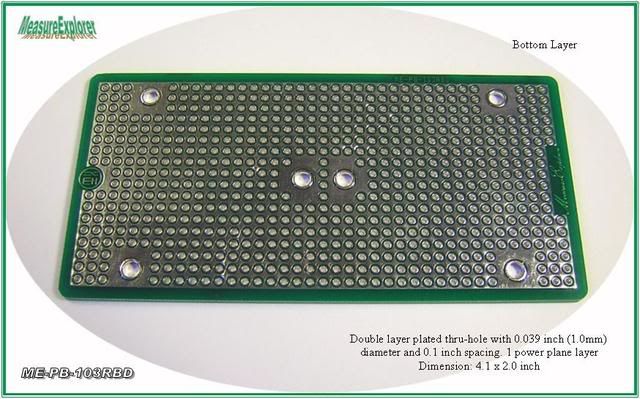for signals more than 1Ghz?
Anything lower than that is typically considered low speed in the RF signal world.
Power ground can be for both SMPS and linear devices.. That's the equivalent to having digital and analog on the same grounding arm from the star termination, and can generally cause issues.
Analog/digital grounds are generally separated because the switching of the digital circuits causes swells of current through the ground planes. These currents can couple through the analog parts into the signal path, especially through opamps and linear supplies (which are really just power opamps..).
That being said, high speed signal reception is generally very sensitive to noise simply due to it's high speed nature. Noise is essentially a high speed signal. Now if you have signal traces routed between power and ground planes and both planes have switching currents running through them, then that hash can and will capacitively couple into your highspeed traces. At this point you have just ruined any gains you could have received from separating planes.
It's much more important to decouple properly and match impedances in order to minimize noise ingress than to worry about planes most of the time. If the circuit allows noise to get in, then there is no grounding setup that will help you, even if you separate planes.
If those are "professional" proto boards from a manufacturer, then they likely had their intern/1st year engineer lay them out. Even if a seasoned veteran layed them out, they could have fallen victim to one of the many caveats of a PCB designer, or they simply concluded that the secondary plane didn't make any difference to the circuit and left it there to save routing money.
I'm not saying that you shouldn't try, you could find something that could help the rest of us!



